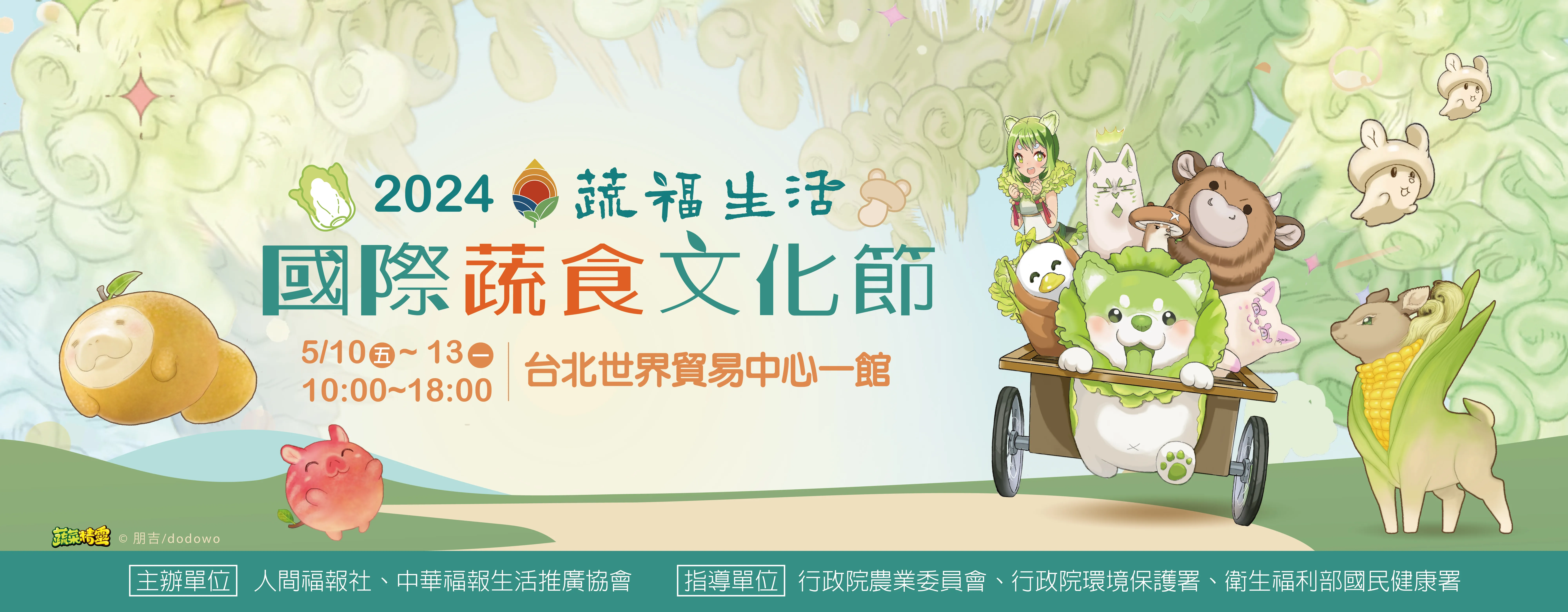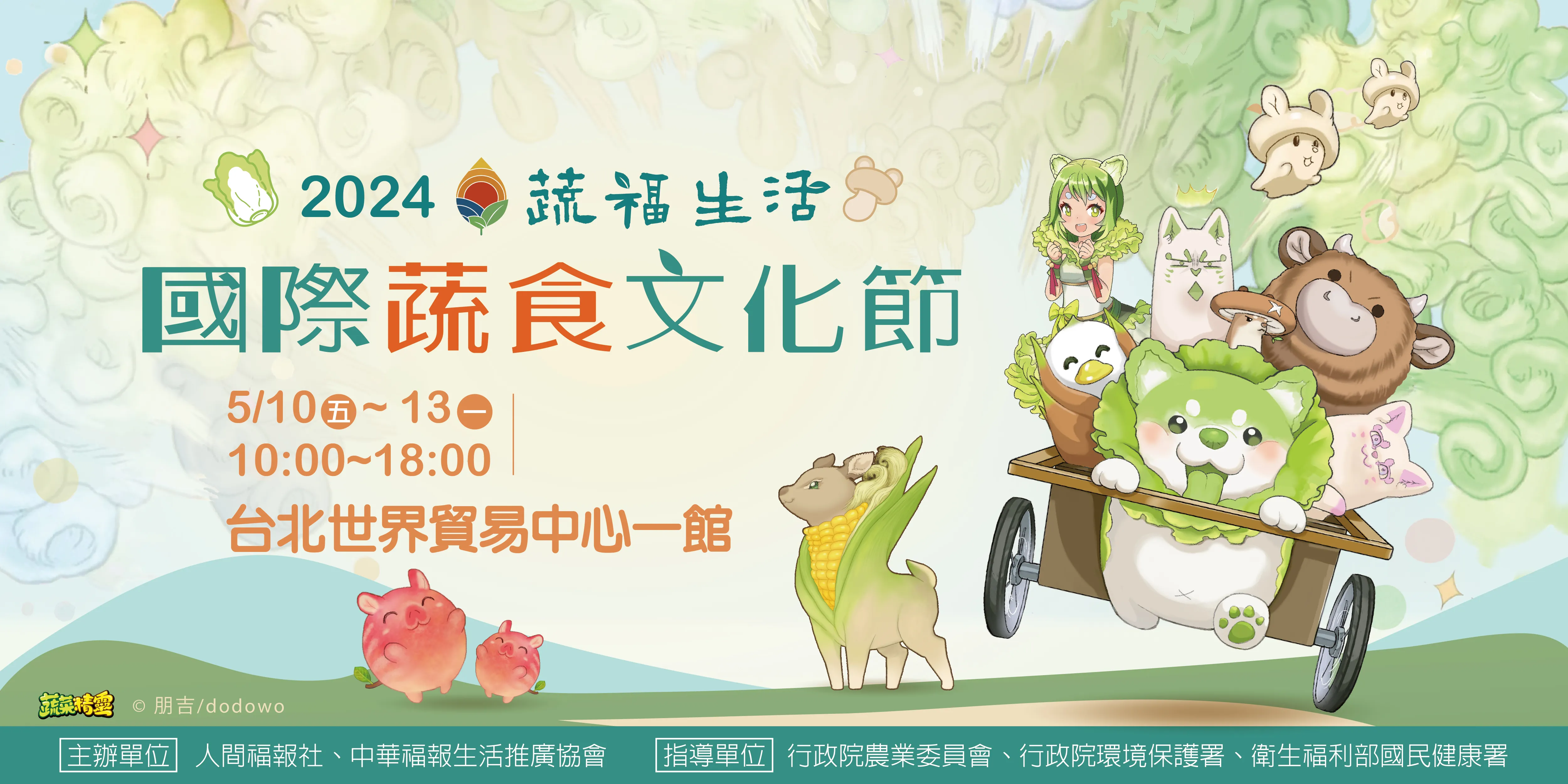


| 時代: | 西元1940-1950 |
| 出土地點: | 傳世品 |
| 尺寸: | 長度:132 cm 寬度:64.5 cm(未含外框) |
| 質地: | 水墨工筆國畫 |
| 數量: | 1 |
此件是張大千四十一歲至五十一歲之作品,張大千先生以當時所用的筆觸,畫瓔珞大士,工筆筆觸細膩、簡潔有力且色彩飽滿,配色鮮豔。此幅中瓔珞大士眼睛細長、眼神慈和,有細微睫毛、眼袋,朱唇,雙手持接引印,左腳踩在黃蓮花座、右腳踩藍色蓮花座。
This artwork is a meticulous mineral color painting by Zhang Daqian created between the ages of 41 to 51. Using his brushwork techniques of that time, Zhang Daqian depicted Vairocana Bodhisattva with intricate, concise yet powerful brushstrokes, vibrant and full colors, and a lively color palette. In this painting, the eyes of Vairocana Bodhisattva are slender, compassionate, and adorned with delicate eyelashes and under-eye bags. The figure holds the gesture of guiding, with the left foot resting on a yellow lotus pedestal and the right foot on a blue lotus pedestal.
此幅瓔珞大士稍微側身,腳背肌理寫實,手指和腳趾動作繪製細膩逼真,手掌肥厚,腳趾肥厚、微長,是張大千先生繪工筆人物時之慣性,細觀之張大千先生筆鋒力道十足、沒有猶豫,且無鉛筆勾勒打草稿之痕跡,繪製十分細膩、栩栩如生,筆觸的中鋒與側鋒力道十足,不斷勢也不斷氣,圖畫內勾勒衣著和瓔珞等部分之筆觸簡潔,筆刀十足,尤其裙襬皺褶部分繪製細膩、生動,充分展現大千先生的高深功力,以上皆是張大千先生壯年時期標準畫風。
Vairocana Bodhisattva is portrayed slightly turned to the side, with realistic detailing of the muscles on the foot's sole. The depiction of fingers and toes is exquisitely realistic, and the figure's hands and feet are plump and slightly elongated—a characteristic trait of Zhang Daqian's brushwork for human figures. Upon closer inspection, Zhang Daqian's brushwork is confident and devoid of hesitation, without any trace of preliminary pencil outlines. The details are intricate and lifelike, with the brushstrokes demonstrating both their central and side strength, creating a continuous flow and vitality. The depiction of clothing and the adornments on Vairocana is concise and expressive, particularly the intricate folds of the skirt, showcasing Zhang Daqian's profound artistic skill during his prime.
紙張是大千先生慣用的熟宣紙,本身無做舊之痕跡,但經過重新洗、裱褙,重新整理之功力佳,應為中國四川地區裱畫師的功力,不過礦物彩大部分仍有老化痕跡,紙張也有些微黴斑。
The paper used is Zhang Daqian's familiar choice of seasoned Xuan paper, showing no signs of artificial aging. However, the paper has been expertly cleaned, mounted, and reconditioned, showcasing the craftsmanship of Sichuan's mounting artists. The mineral colors have aged in some areas, and there are slight mold stains on the paper.
「橅」字古通摹,即臨摹之意。大千先生寫書法時慣常沾墨即寫,不會在硯台上甩墨,因此書法字會有墨色深淺、大小不同,此幅畫作題字的起承轉合即符合大千先生寫書法的慣性和筆觸,簽名落款也是大千先生標準壯年時期臨摹敦煌石窟壁畫的正確簽名款之一。
On the side of the painting, Zhang Daqian inscribed: "Respectfully imitating the Gao Ku Cave's Early Tang painting of Vairocana Bodhisattva. Zhang Daqian Yuan." The character "橅" (méi) in "敬橅漠高窟" is an archaic term meaning "imitating," indicating that the painting is a replica. Zhang Daqian often dipped his brush in ink directly when writing calligraphy, resulting in variations in ink density and size. The inscription aligns with Zhang Daqian's customary calligraphic style, and the signatures match those found on his replica Dunhuang cave mural paintings, showcasing his brushwork style from his prime.
印泥為標準礦物朱砂成分,是大千先生愛用之老朱砂印泥之一,其印章款符合標準張大千壯年時期常用印章款。
The seal paste consists of standard mineral cinnabar, one of Zhang Daqian's preferred choices. The seal impressions include the customary seals associated with Zhang Daqian during his prime.


